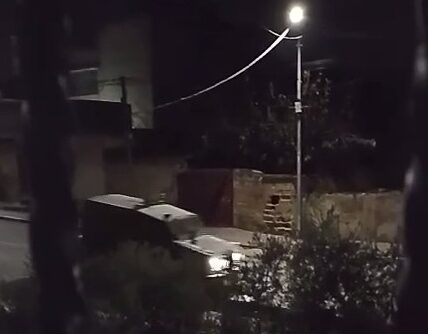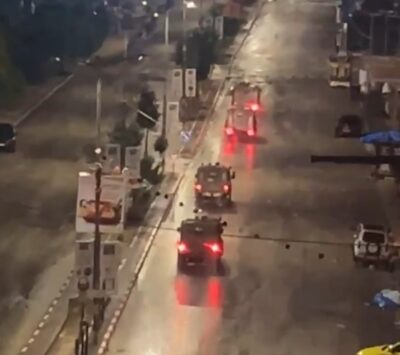 When a group of Israeli artists recently refused to perform in the new theater at this large Jewish settlement, local residents reacted with a mixture of hurt and defiance. When scores of leftist Israeli academics, prominent writers and intellectuals said that they would not lecture at the Ariel University Center or in any other settlement, many here said that nobody had asked them to come.
When a group of Israeli artists recently refused to perform in the new theater at this large Jewish settlement, local residents reacted with a mixture of hurt and defiance. When scores of leftist Israeli academics, prominent writers and intellectuals said that they would not lecture at the Ariel University Center or in any other settlement, many here said that nobody had asked them to come.
But the protest broadened again this week when an American advocacy group, Jewish Voice for Peace, said that more than 150 international film and theater professionals, including Julianne Moore, Theodore Bikel, Vanessa Redgrave and Tony Kushner, had endorsed its statement in support of Israeli artists against performing in the settlements, which are viewed by much of the world as a violation of international law.
For many in Ariel, the growing boycott is something of a surprise. Ariel, an elongated urban settlement that lies about 12 miles inside the West Bank, has long been labeled in Israel as part of the “consensus” — local code for settlements destined to be included within Israel’s borders under any peace deal with the Palestinians. It often appears as one of the regular dots on Israeli weather maps.
Yet as Israel and the Palestinians embark on a new, American-sponsored peace effort, and with a temporary Israeli moratorium on residential construction in the settlements set to expire later this month, Ariel has suddenly found itself at the crux of Israel’s settlement conundrum, and perhaps not so much in the consensus as it likes to think. Linked to Israel’s coastal plain by a modern, high-speed highway, it underscores the bind Israel’s settlement policy has created for those who seek a two-state solution.





 Israeli occupation forces and illegal paramilitary Israeli colonizers carried out widespread violations across the occupied West...
Israeli occupation forces and illegal paramilitary Israeli colonizers carried out widespread violations across the occupied West... A leading Muslim civil rights group in the US has sued Ron DeSantis, the Florida governor,...
A leading Muslim civil rights group in the US has sued Ron DeSantis, the Florida governor,... Last Tuesday afternoon, Dean Andrea Baccarelli at the Harvard School of Public Health sent out a...
Last Tuesday afternoon, Dean Andrea Baccarelli at the Harvard School of Public Health sent out a... At dawn on Tuesday, Israeli occupation forces escalated their invasions across multiple areas of the occupied...
At dawn on Tuesday, Israeli occupation forces escalated their invasions across multiple areas of the occupied...






























